Cricketers face 'critical' risks from ball, lightning & mental illness
- Published
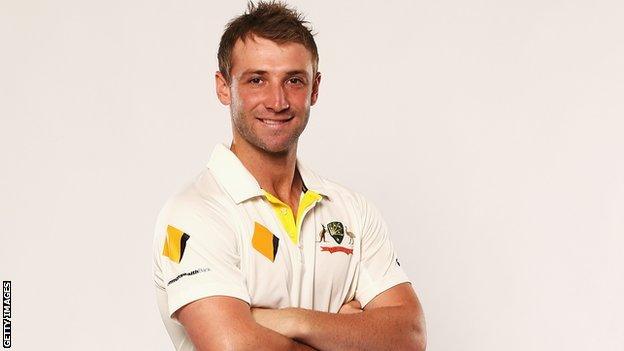
Hughes died aged 25 after being struck on the top of the neck by a ball during a domestic match in Sydney
Cricketers are as much at risk from lightning strikes, mental illness and terrorism as they are of being seriously injured by the ball.
The Federation of International Cricketers' Associations (Fica) has identified the main risks to cricketers, following the death of Australia batsman Phillip Hughes.
Its report finds significant health, safety and security inconsistencies.
Fica wants the International Cricket Council (ICC) to respond to the report.
How can cricket helmets be made safer?
Tony Irish, executive chairman of Fica, said: "We believe it is time for the game to address all of the potential risks to players and participants in their professional lives in a comprehensive and considered way."
Irish wants additional research and investment to set "non-negotiable minimum standards in all areas". The report has made several recommendations
Each area of risk was measured by being given a rating from low to critical, depending on how likely it was to happen, multiplied by the potential damage to health, on a scale from fatal down to short-term injury.
Critical risk - on-field ball impact
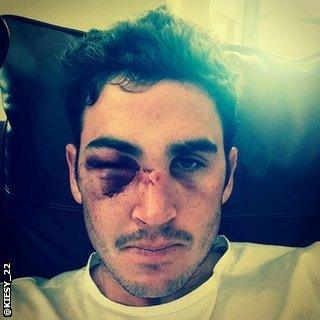
Kieswetter tweeted a picture of his injuries
Australia opener Hughes died two days after being struck on the top of the neck by a ball during a domestic match in Sydney in November 2014.
Former England and Somerset wicketkeeper Craig Kieswetter announced his retirement this month because of an eye injury. The 27-year-old broke his nose and damaged his eye socket and cheekbone while batting against Northants last July.
And former South Africa wicketkeeper Mark Boucher retired in 2012 after sustaining an eye injury during the tour of England.
Fica's report also highlights the considerable risk of injury to on-field umpires of being struck by a ball.
Its recommendations include research into new helmet designs which offer protection beyond the new minimum standard.
Australian cricket captain Michael Clarke |
|---|
"Phillip's spirit, which is now part of our game forever, will act as a custodian of the sport we all love. We must listen to it, we must cherish it, we must learn from it." |
Critical risk - lightning strike
Nine schoolboys in Johannesburg, South Africa, were struck by lightning on a cricket pitch in 2013.

Being struck by lightning is a critical risk faced by cricketers
High risk - on-field injury
Indian cricketer Ankit Keshri died after colliding with a team-mate as they both attempted to take a catch in a club match in Kolkata in April.
And this week Surrey pair Moises Henriques and Rory Burns were taken to hospital after colliding while attempting to take a catch during Sunday's T20 Blast game with Sussex at Arundel. Henriques suffered a broken jaw while Burns required stitches to a cut around his eye.
Former South African wicketkeeper Mark Boucher |
|---|
"As I know only too well, freak accidents do happen in cricket. The game must do all it can to pre-empt injuries on the field of play to prevent future cricketers' careers from being cut short before their time." |
High risk - sun/heat related conditions
Australia captain Michael Clarke, former England coach Andy Flower and former England spinner John Emburey have all been treated for skin cancer.
Former Australia cricket captain and commentator Richie Benaud was being treated for skin cancer before his death in April.
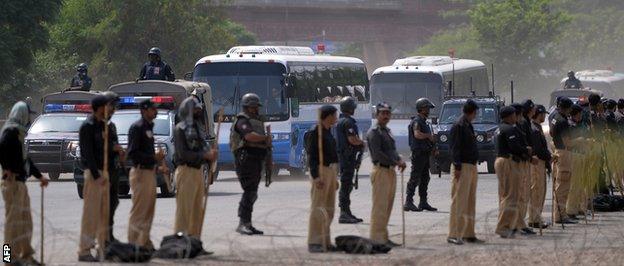
A heavy security presence protected the Zimbabwe and Pakistani cricket teams during their recent series in Pakistan
Critical risk - tour and event security
In 2009 gunmen attacked a bus carrying the Sri Lankan cricket team, external on its way to play in the Pakistani city of Lahore. Seven cricketers and an assistant coach were injured.
England cricketers flew home, external from their tour of India in 2008 following terror attacks in Mumbai.
In May, Zimbabwe became the first Test-playing team to tour Pakistan in the six years since the attack on the Sri Lanka team took place.
Critical risk - mental illness
Former England batsman Marcus Trescothick , externaland ex-ODI all-rounder Michael Yardy both retired from international cricket because of mental illness.
Jonathan Trott left the Ashes tour of Australia in 2013 because of a long-standing stress-related condition.
Former England batsman Marcus Trescothick |
|---|
"Depression was an inner force that, at its worst, left me trembling and shaking on the floor of my mother's house, racked with a pain and terror that were palpably physical." |
Moderate risk - public status related incidents
New Zealand cricketer Jesse Ryder ended up in intensive care after being attacked as he left a bar in 2013.
England one-day captain Eoin Morgan was the victim of a blackmail attempt in January while former Australia batsman David Hookes, external died after suffering head injuries in a fight outside a Melbourne pub in 2004.
Travel accidents and injuries sustained in off-field activities are deemed a moderate risk while medical conditions are high risk.
Long-term health issues and other physical illnesses carry a moderate risk while there is a low risk of crowd disturbances.
An ICC spokesperson said: "FICA shared the report with the ICC some time ago. The ICC has reviewed the report and will take it into consideration when reviewing its own minimum guidelines in relation to player safety."
- Published17 June 2015
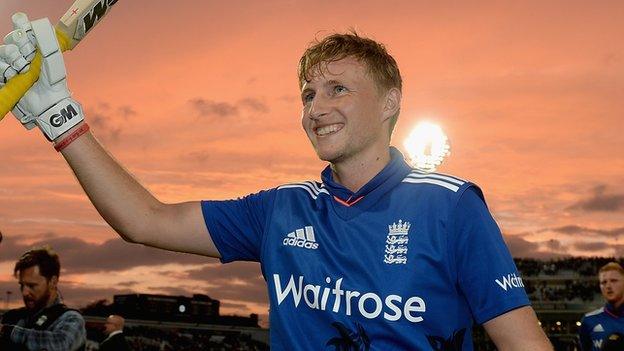
- Published17 June 2015

- Published17 June 2015
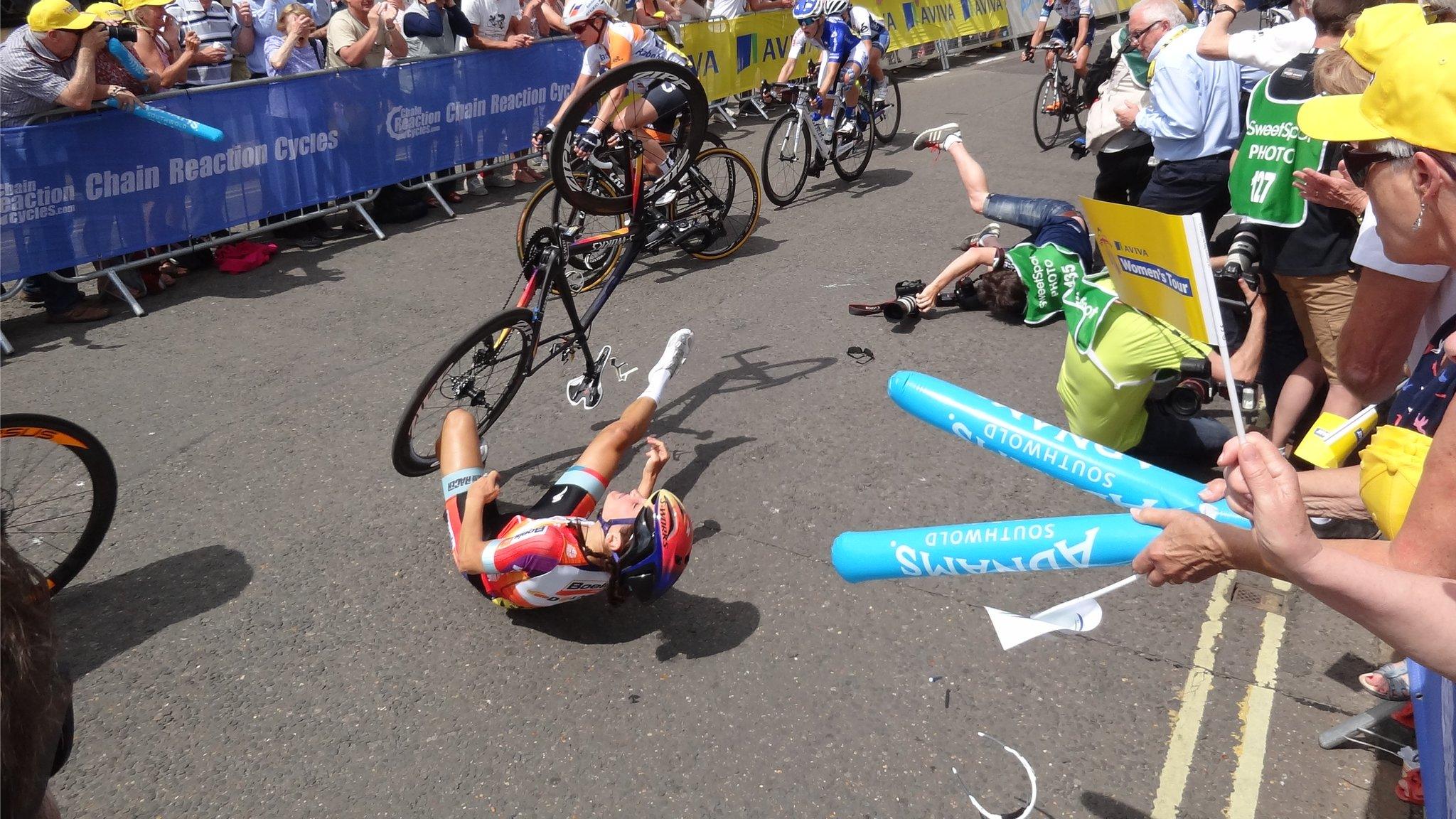
- Published14 May 2015
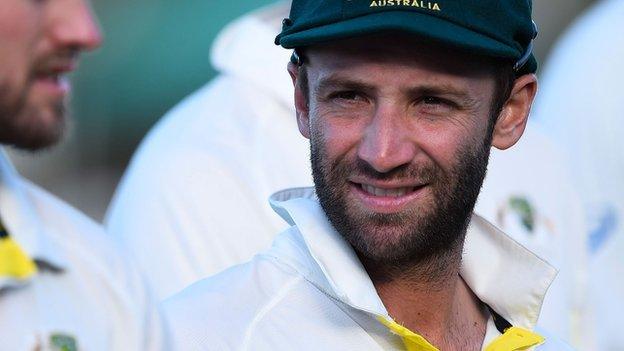
- Published10 March 2019
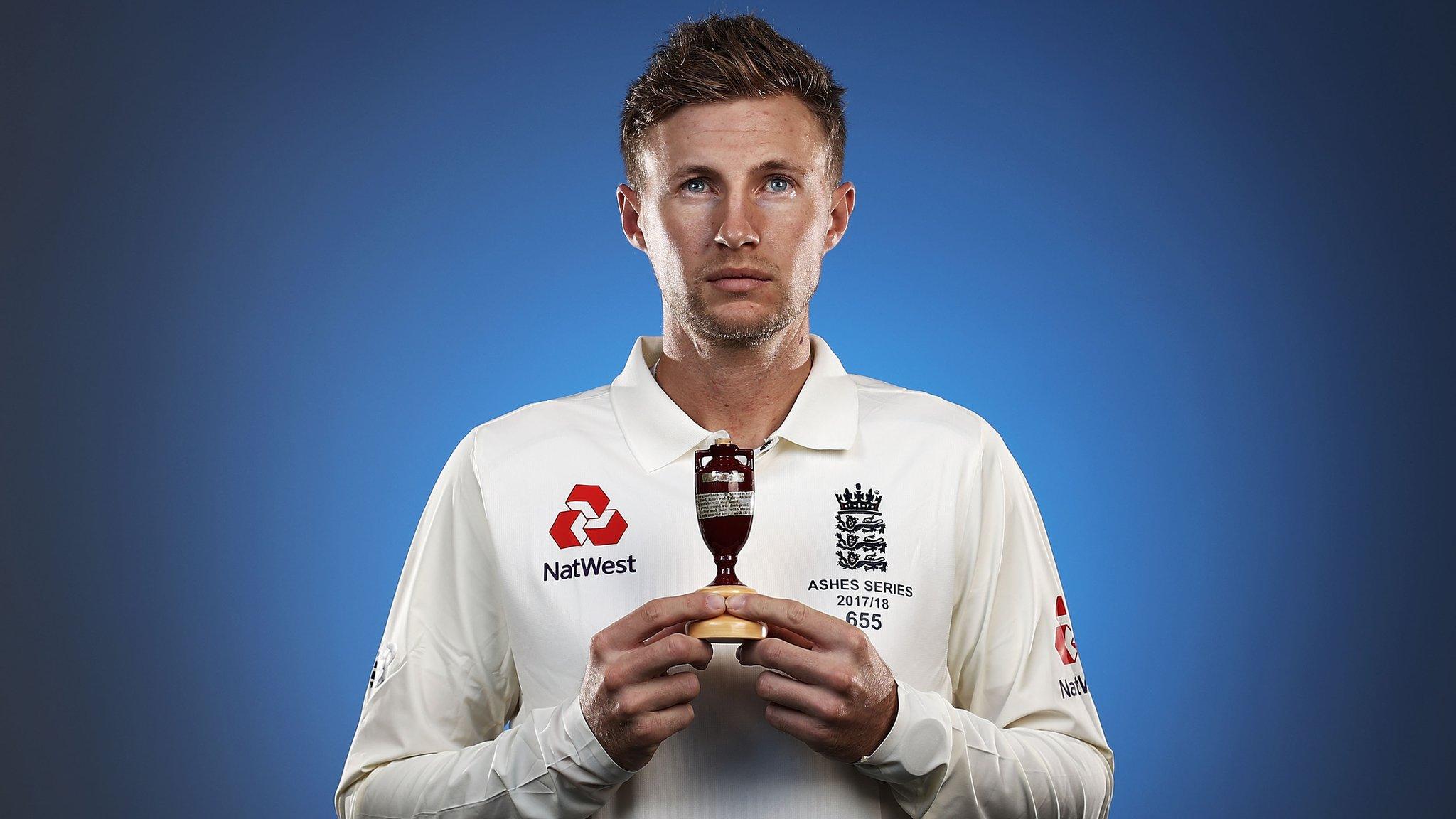
- Published15 May 2018

- Published18 October 2019
